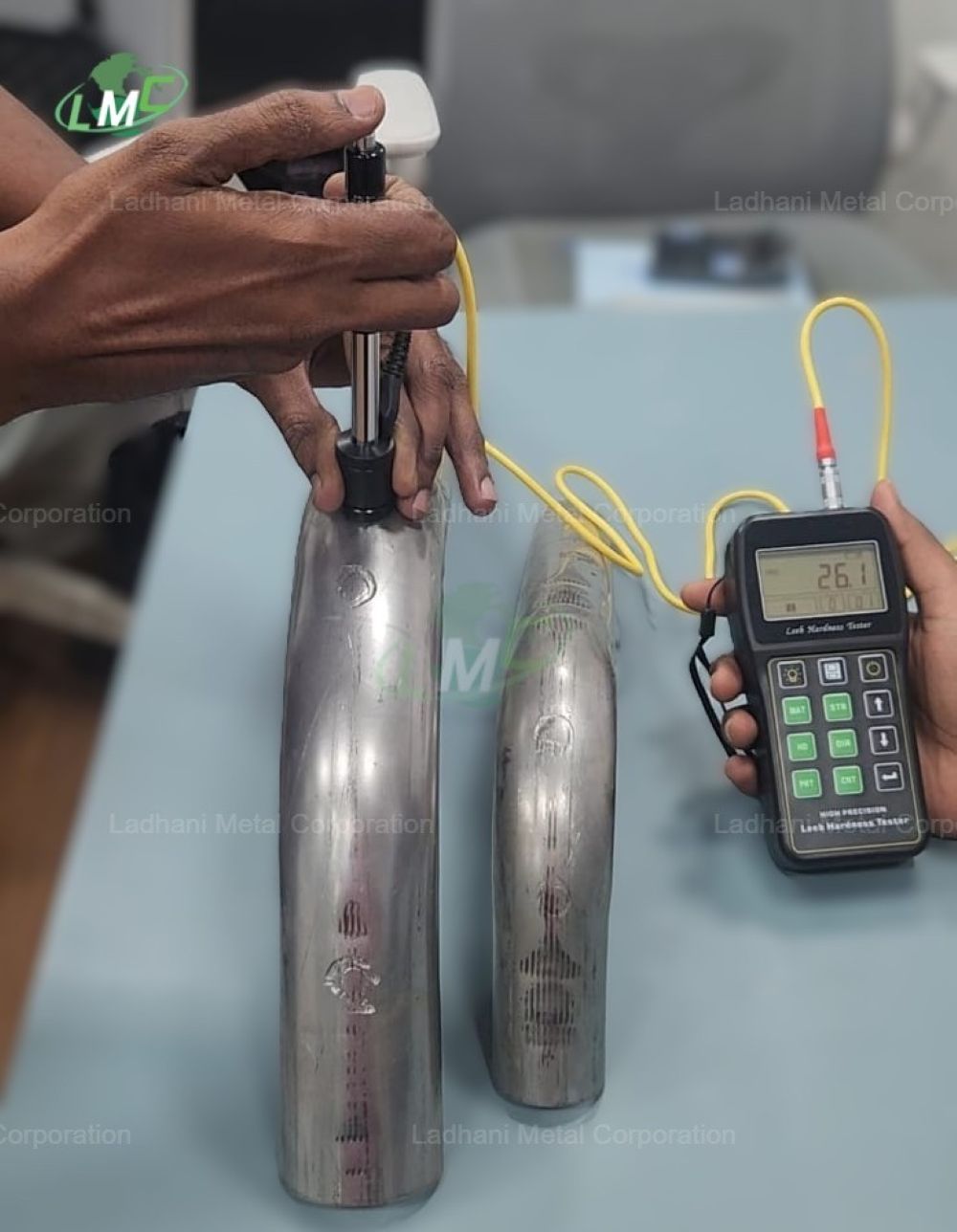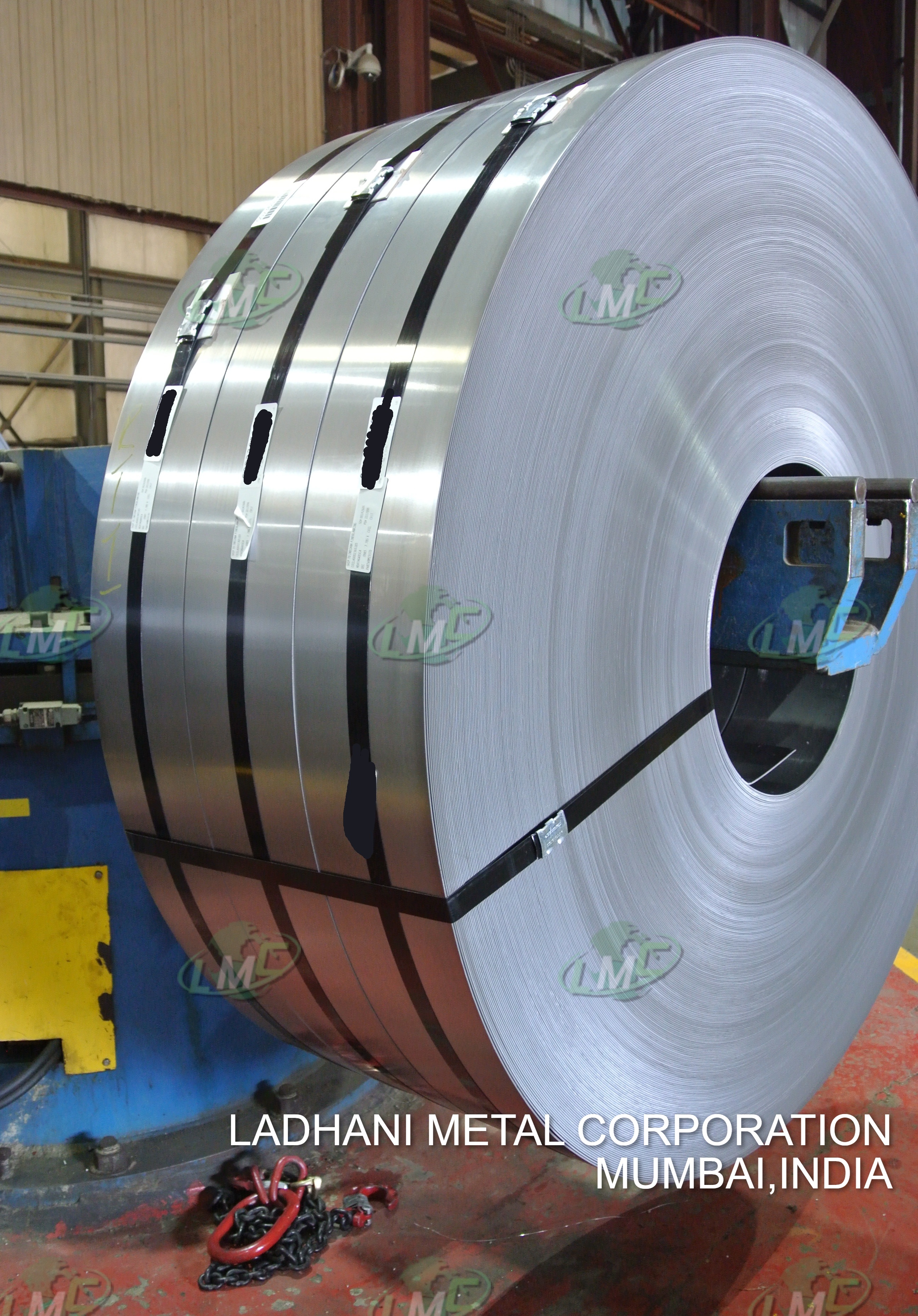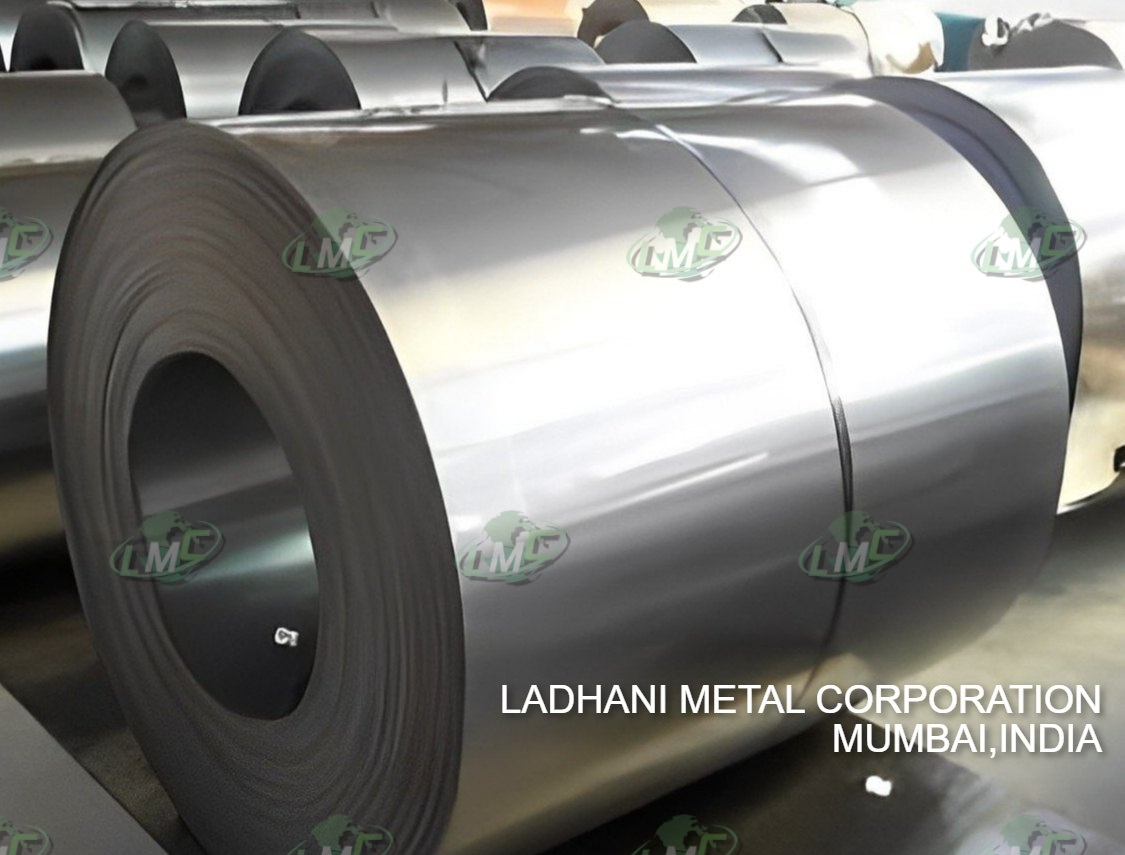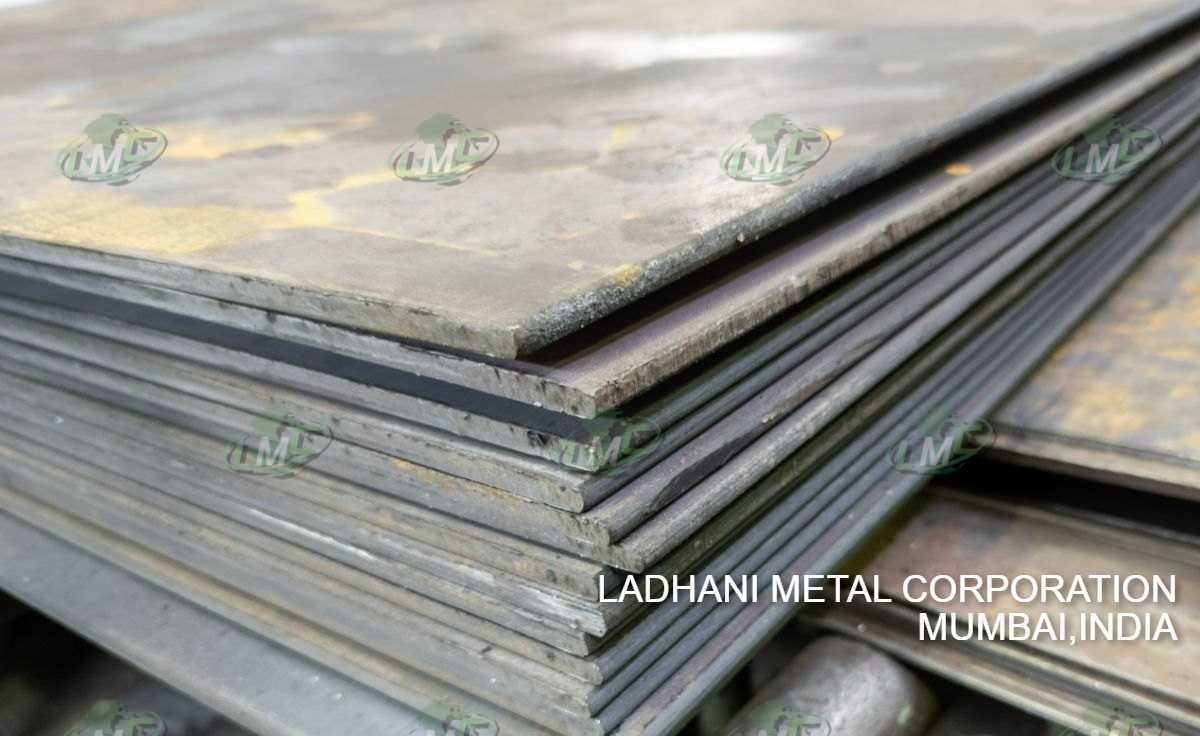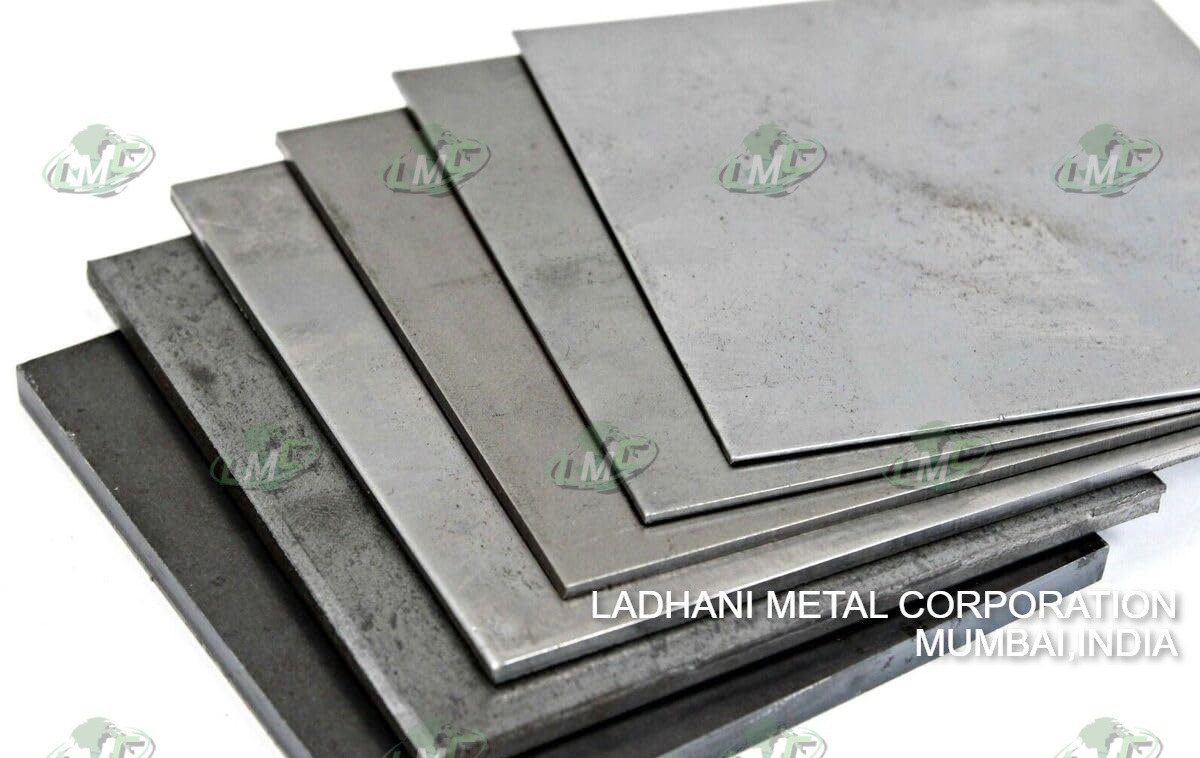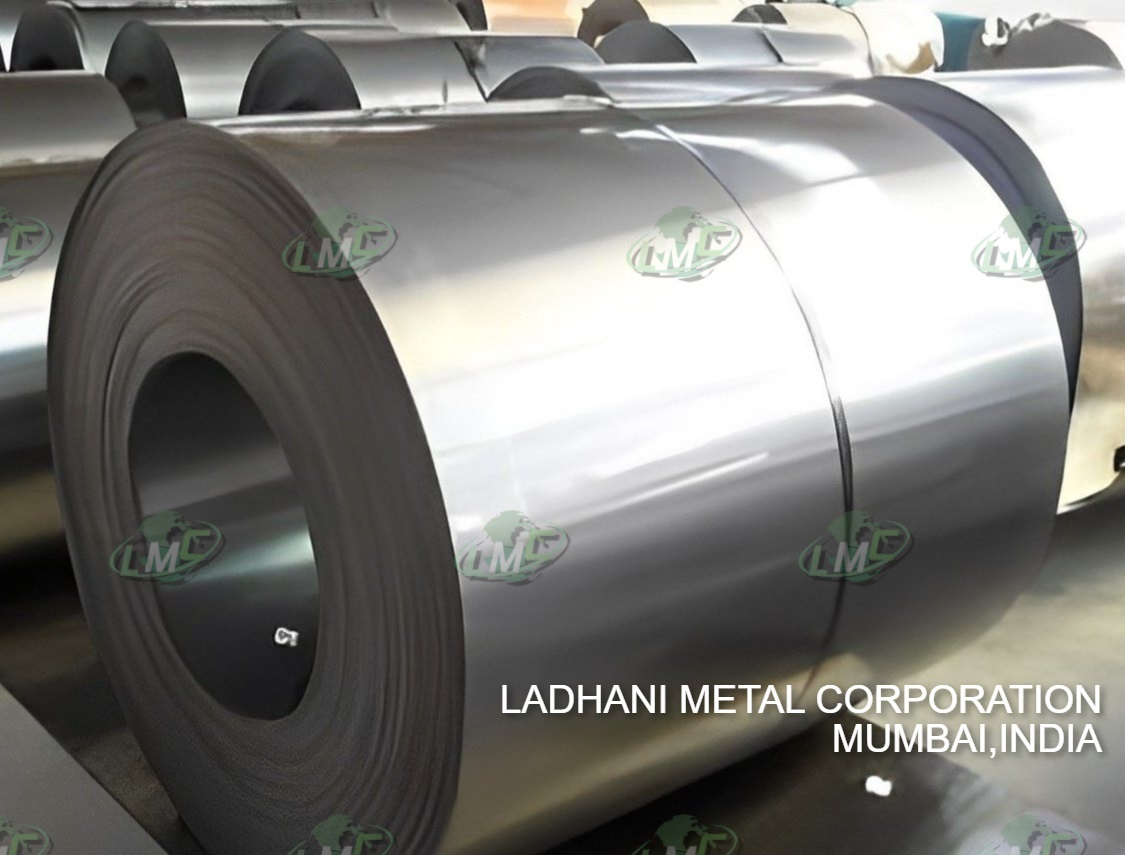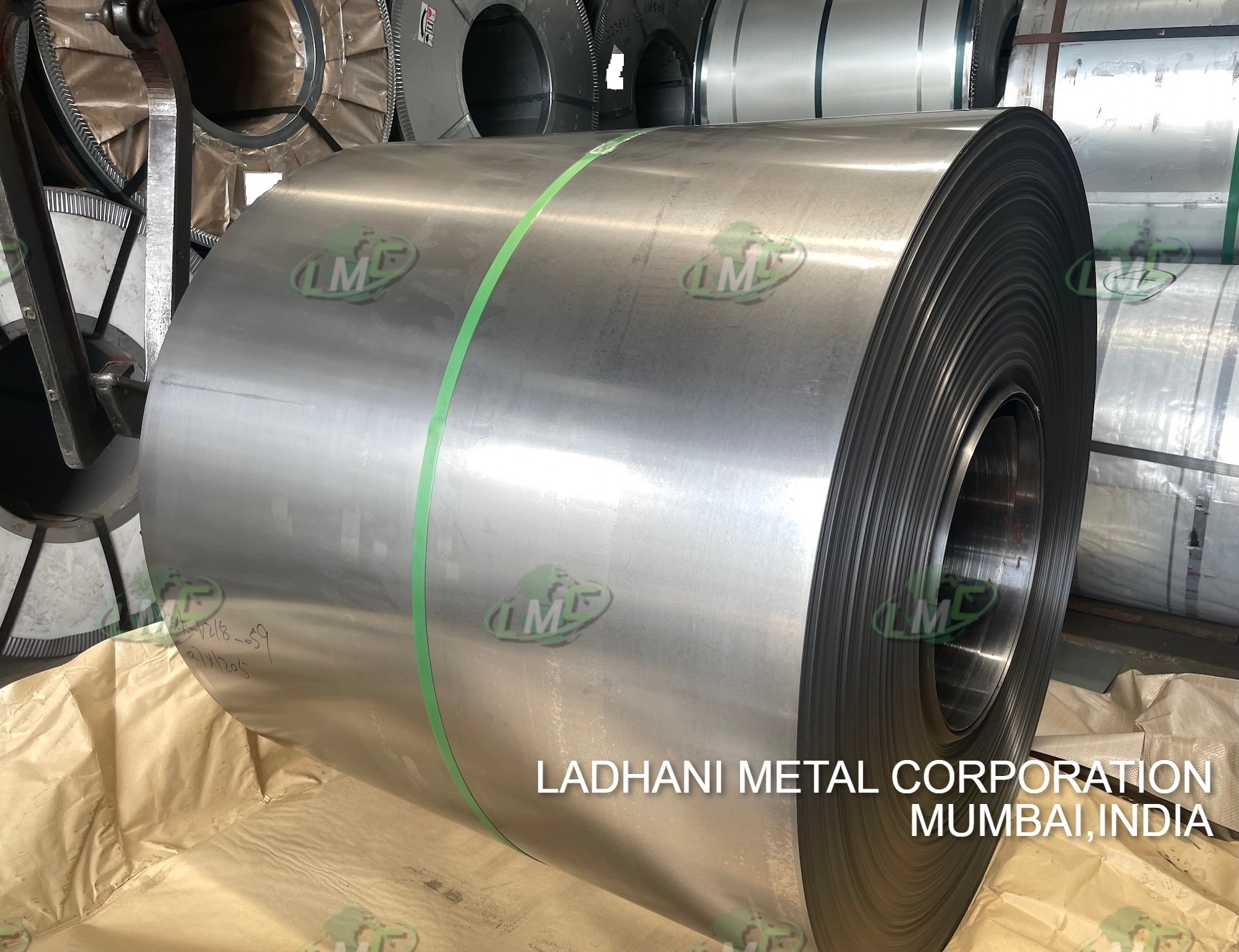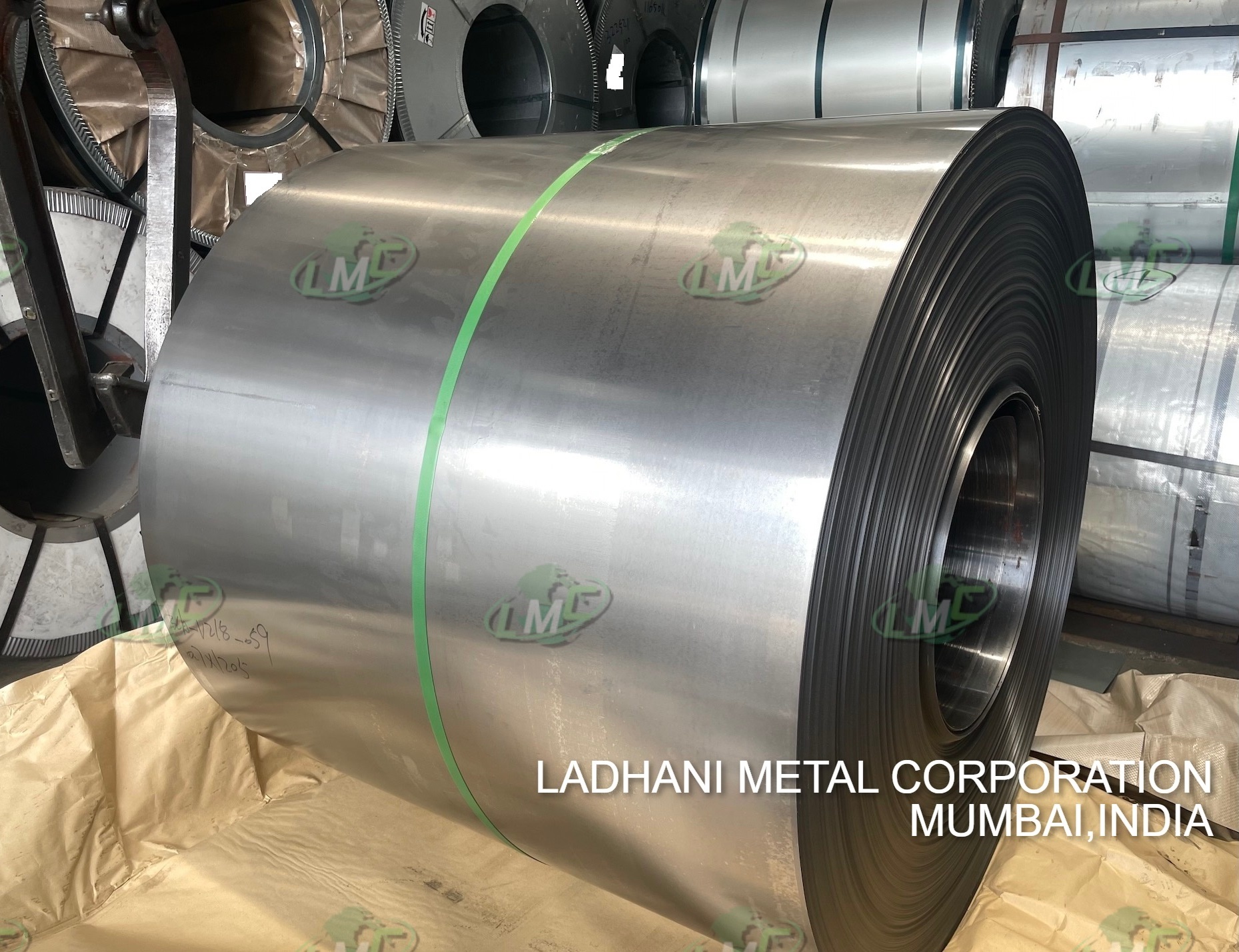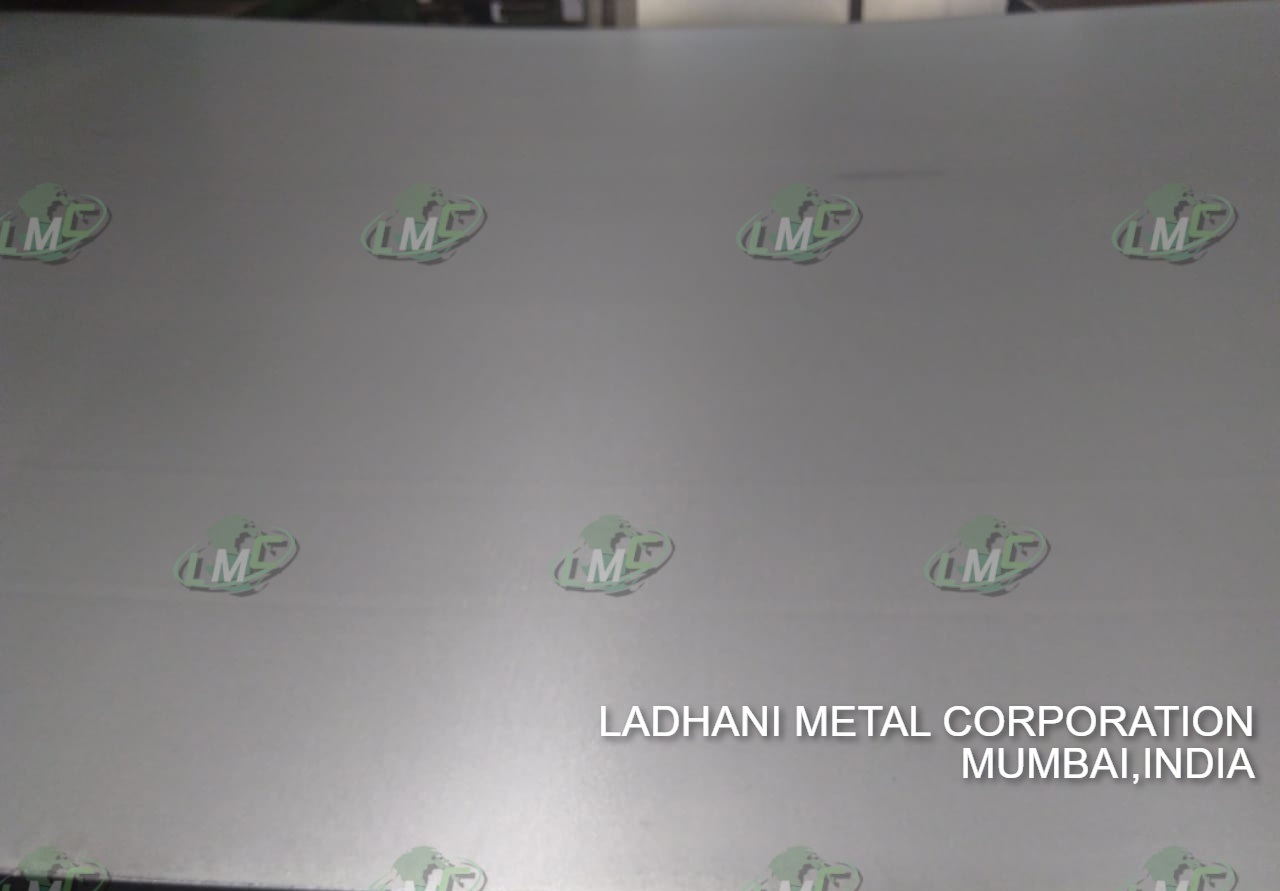Ladhani Metal Corporation offers SS 430 Half Round Tube Shields designed to protect boiler tubes in power plants, waste heat recovery boilers, HRSGs, and industrial steam systems. Boiler tubes are often exposed to high-velocity flue gases, abrasive ash particles, and oxidation at elevated temperatures. Manufactured from ferritic stainless steel grade SS 430, these shields provide excellent corrosion resistance in mildly oxidizing environments, good thermal stability, and cost-effective protection for boiler tubes operating under medium-to-high temperature service conditions. Function of Boiler Tubes • Carry water or steam through the heating sections of boilers • Subjected to erosion, oxidation, and soot blower impact in high-temperature zones • Protected with Half Round Tube Shields in areas prone to high wear and erosion Ladhani Metal Corporation manufactures, supplies, and exports SS 430 Half Round Tube Shields in various sizes, thicknesses, and diameters to meet both domestic and international boiler protection requirements. SS 430 Grade Chemical Composition – Ferritic Stainless Steel • Carbon (C): ≤ 0.12% • Manganese (Mn): ≤ 1.00% • Phosphorus (P): ≤ 0.040% • Sulfur (S): ≤ 0.030% • Silicon (Si): ≤ 1.00% • Chromium (Cr): 16.00 – 18.00% • Nickel (Ni): ≤ 0.50% • Iron (Fe): Balance Applications: Suitable for boiler tube protection in thermal power plants, WHRBs, HRSGs, industrial boilers, and steam plants where moderate corrosion resistance and thermal performance are required. Uses • Shields boiler tubes from erosion caused by flue gas and ash particles • Protects tubes against high-temperature oxidation and soot blower impact • Extends the operational life of superheater and reheater sections • Applied in utility boilers, HRSGs, and process boilers Features • Good corrosion and oxidation resistance in boiler service environments • Stable mechanical properties at elevated temperatures • Cost-effective solution for erosion-prone areas • Engineered for precise fitment and easy installation Applications • Power generation boilers – Protects superheater and reheater tubes • Waste heat recovery boilers – Shields against flue gas erosion • Industrial steam systems – Reliable under fluctuating temperature cycles • Process boilers – Extends service life in erosive and oxidizing atmospheres Conclusion The SS 430 Half Round Tube Shield for Boiler Tubes by Ladhani Metal Corporation offers reliable, cost-effective protection against erosion and oxidation in boiler applications. With good corrosion resistance, thermal stability, and precision engineering, these shields enhance tube durability and reduce maintenance needs. Available in a wide range of export-ready specifications, they are trusted across industries worldwide. For technical details and supply inquiries, contact Ladhani Metal Corporation. #Mumbai #Pune #Ahmedabad #Vadodara #Surat #Rajkot #Jamnagar #Bharuch #Ankleshwar #Vapi #Delhi #Faridabad #Ghaziabad #Noida #Gurugram #Chennai #Coimbatore #Tiruchirappalli #Hyderabad #Visakhapatnam #Vijayawada #Bangalore #Mangalore #Mysore #Kolkata #Durgapur #Asansol #Bhubaneswar #Rourkela #Raipur #Bhilai #Bilaspur #Nagpur #Nashik #Aurangabad #Indore #Bhopal #Jabalpur #Kanpur #Lucknow #Varanasi #Jaipur #Kota #Udaipur #Jodhpur #Chandigarh #Ludhiana #Jalandhar #Haridwar #Dehradun #Agra #Meerut #Aligarh #Moradabad #Bareilly #Mathura #Gwalior #Rewa #Satna #Sagar #Ujjain #Ratlam #Solapur #Kolhapur #Amravati #Akola #Jalgaon #Latur #Sangli #Nanded #Gandhinagar #Bhavnagar #Mehsana #Surendranagar #Junagadh #Nadiad #Nizamabad #Karimnagar #Warangal #Kurnool #Nellore #Tirupati #Madurai #Tirunelveli #Thoothukudi #Belgaum #Hubli #Tumkur #Sambalpur #Jamshedpur #Ranchi #Dhanbad #Patna #Muzaffarpur#halftubeshield #utypehalftubeshield #tubeshieldexporter #TubeShield #HalfTubeShield #SSHalfRoundShield #BoilerTubeShield #BoilerShield #TubeProtection #Tubeshieldmanufacturer #BoilerTubeProtection #SSTubeShield #MetalIndustry #SteelFabrication #IndustrialShielding #SS304Shield #SS316Shield #StainlessSteelShield #WeldOnShield #WeldedTubeShield #TubeCladding #BoilerTubeSleeve #TubeSleeve #MetalFabrication #PowerPlantSupplies #RefineryEquipment #ProcessIndustry #MetalComponent #TubeShieldForBoilers #BoilerParts #SteelSolutions #TubeShieldManufacturer #TubeShieldSupplier #SSShielding #IndustrialTubeShield #BoilerTubeGuard #CustomMetalParts #SteelIndustryIndia #MetalEngineering #HeavyIndustrySupply #StainlessSteelIndia #SteelExporters #MetalComponentExport #FabricatedProducts #SteelDealer #IndustrialSupplyIndia #BoilerTubeFittings #TubeShieldingSolutions #HalfTubeCover #HeatExchangerShield #HalfRoundReheaterShield #ReheaterTubeShield #BoilerReheaterProtection #PowerPlantTubeShield #BoilerErosionShield #SteamBoilerTubeShield #HighTempTubeShield #BoilerWearProtection
Send Message
